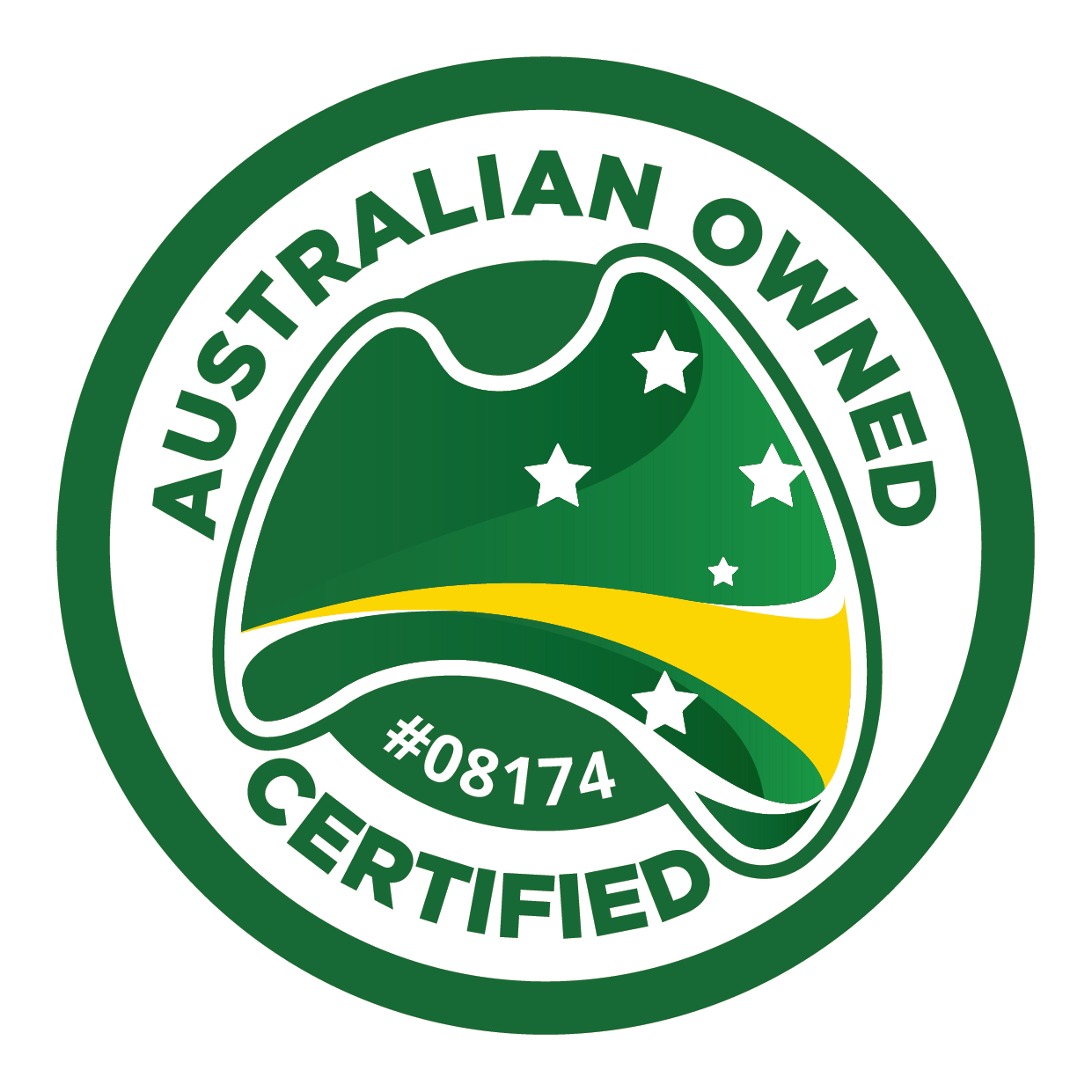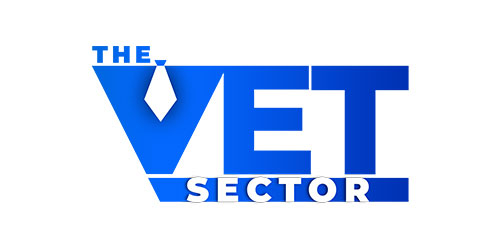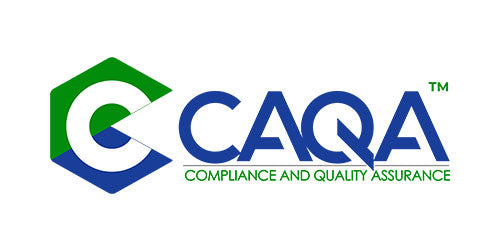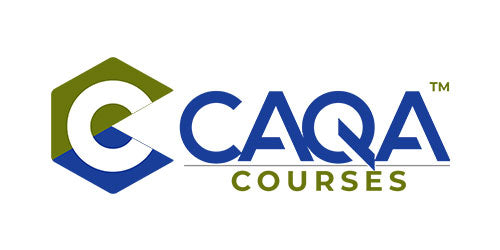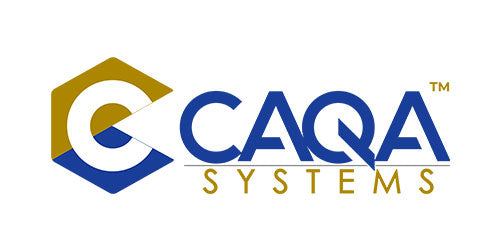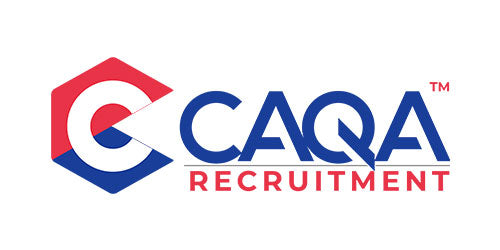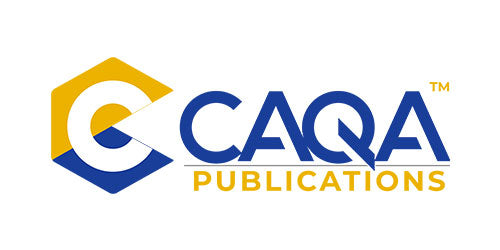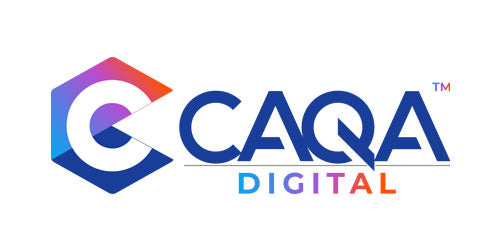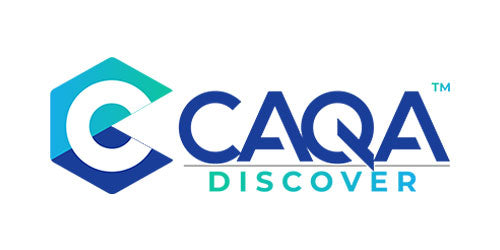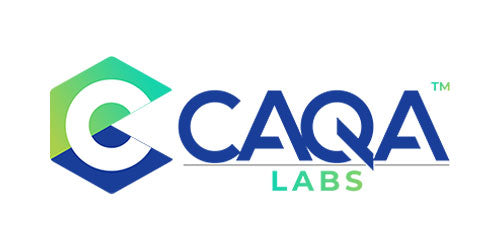The landscape of vocational education and training is evolving rapidly, and one of the most significant developments in recent years has been the rise of micro-credentials. These bite-sized qualifications are gaining traction in Australia as a flexible and targeted approach to skill development, complementing traditional VET qualifications.
Understanding Micro-credentials
Micro-credentials are mini-qualifications that certify the achievement of specific skills, knowledge, or competencies. Unlike full qualifications that might take months or years to complete, micro-credentials are typically shorter in duration and more focused in scope. They offer several key features:
- Specificity: Each micro-credential focuses on a particular skill or competency.
- Short Duration: They can often be completed in a matter of weeks or even days.
- Flexibility: Learners can accumulate micro-credentials at their own pace and as per their needs.
- Digital Badging: Many micro-credentials are issued as digital badges, which can be easily shared on professional networks.
The Role of Micro-credentials in VET
Micro-credentials are becoming increasingly important in the VET sector for several reasons:
- Rapid Upskilling: They allow workers to quickly acquire new skills in response to technological changes or industry demands.
- Personalised Learning Pathways: Learners can build a unique portfolio of skills tailored to their career goals.
- Industry Alignment: Micro-credentials can be developed quickly in collaboration with industry to address immediate skill gaps.
- Continuous Professional Development: They provide a structured way for professionals to engage in lifelong learning.
Integration with Existing VET Frameworks
The integration of micro-credentials into the established VET system presents both opportunities and challenges:
- Relationship with Training Packages: Some micro-credentials align with units of competency from Training Packages, while others cover skills not yet included in these packages.
- AQF Alignment: Work is ongoing to determine how micro-credentials can be aligned with the Australian Qualifications Framework. The 2019 AQF Review recommended the introduction of a flexible credit point system to facilitate this.
- Recognition and Stacking: There's growing interest in how micro-credentials can be recognised and potentially stacked towards full qualifications.
Examples of Micro-credentials in Australian VET
Several initiatives are already underway in Australia:
- TAFE Digital Badges: Many TAFE institutions now offer digital badges for short courses and skill sets.
- Industry Partnerships: Some RTOs are partnering with industry bodies to develop micro-credentials that address specific sector needs.
- University-VET Collaborations: Some universities are working with VET providers to create micro-credentials that bridge the gap between vocational and higher education.
Challenges and Considerations
While micro-credentials offer many benefits, their integration into the VET sector is not without challenges:
- Quality Assurance: Ensuring the quality and consistency of micro-credentials across different providers.
- Recognition: Establishing widespread recognition of micro-credentials by employers and educational institutions.
- Balance: Finding the right balance between the flexibility of micro-credentials and the comprehensive nature of full qualifications.
- Technological Infrastructure: Developing systems to issue, verify, and track micro-credentials efficiently.
Future Outlook
The future of micro-credentials in Australian VET looks promising:
- Policy Development: The government is exploring frameworks to better integrate micro-credentials into the national training system.
- Increased Adoption: As industries continue to evolve rapidly, the demand for targeted, just-in-time training is likely to grow.
- Technological Advancements: Blockchain and other technologies may play a role in securely issuing and verifying micro-credentials.
- Personalised Learning: AI and data analytics could help create highly personalised learning pathways combining micro-credentials and traditional qualifications.
The emergence of micro-credentials represents a significant evolution in the Australian VET sector. While traditional qualifications and Training Packages remain the backbone of vocational education, micro-credentials offer a complementary approach that addresses the need for flexible, targeted skill development.
As the VET sector continues to adapt to the changing needs of learners and industries, the integration of micro-credentials alongside established frameworks like Training Packages and the AQF will be crucial. This multi-faceted approach to skills development and recognition ensures that Australia's workforce can remain agile and competitive in an increasingly dynamic global economy.
The challenge moving forward will be to strike the right balance between innovation and standardisation, ensuring that micro-credentials enhance rather than complicate the VET landscape. With careful planning and collaboration between government, industry, and education providers, micro-credentials have the potential to significantly enrich Australia's approach to vocational education and training.









